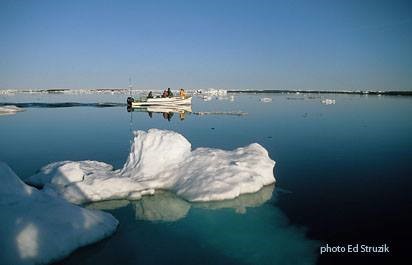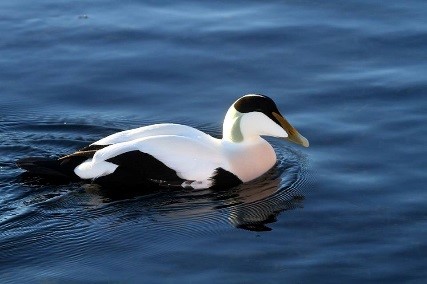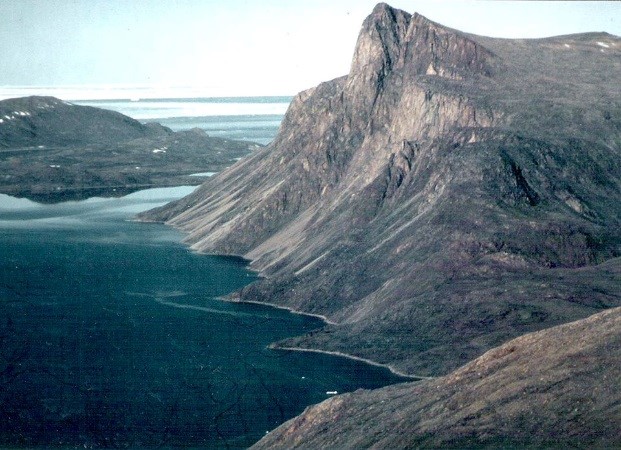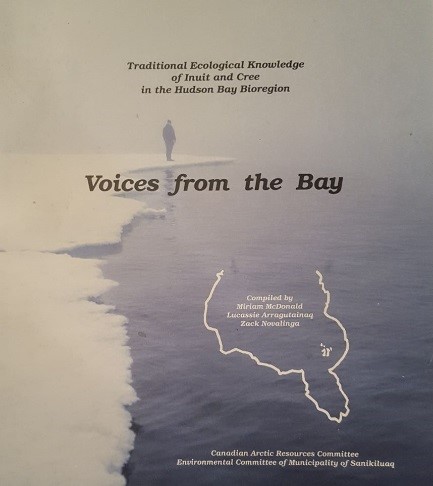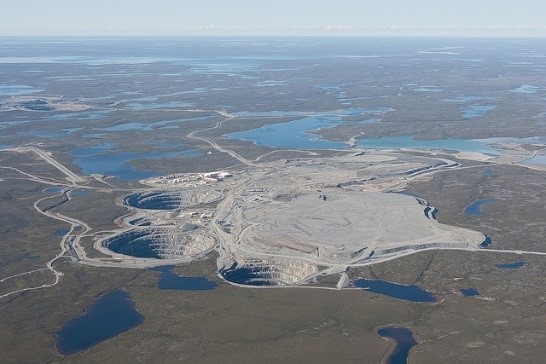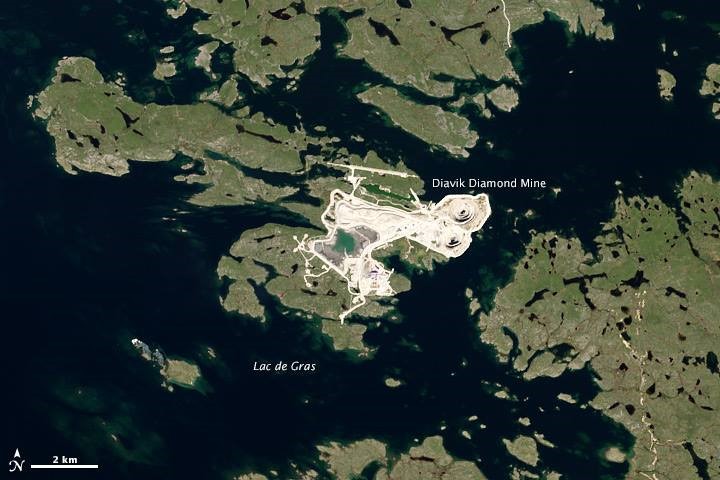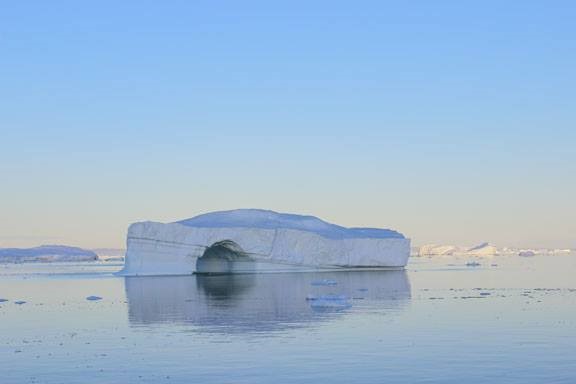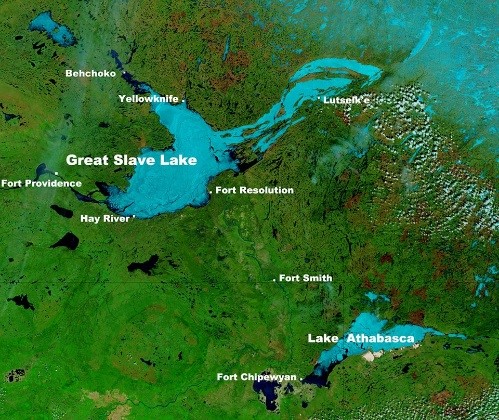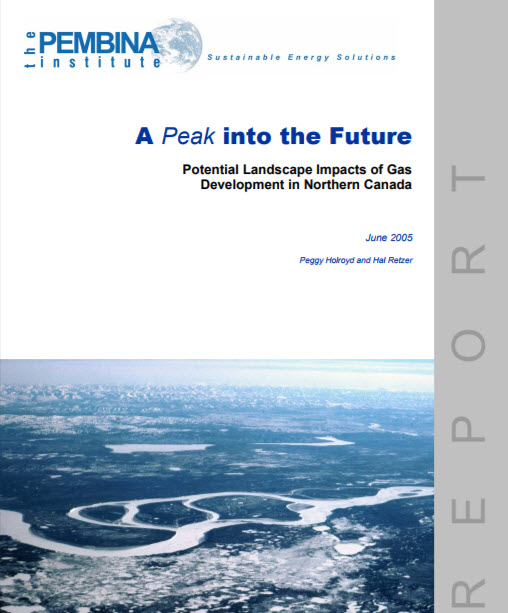Watershed moment
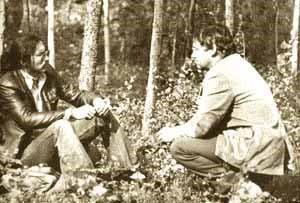
CARC played a leading role during the Berger Commission, a watershed moment for pipeline development in the 1970s. Our publication: Mackenzie Delta Gas? Now or later? created wide spread support for the people & environment of the North West Territories.
The Alternative Arctic
1972
In 1972 CARC hosted a first of it’s kind, a national workshop on people, resources and the environment North of 60. ‘Arctic Alternatives’ became the authoritative work on public policy and contemporary issues. Subsequently CARC tackled such issues as protection of the Arctic National Wildlife Range in Alaska and adjacent land in the Yukon.
1973
Policy Journal for the North
In 1973 CARC publishes Northern Perspectives Vol. 1, No. 1 a policy journal that continued for thirty five years. It now serves as one of the best archives of development activities and policies in the Arctic.
1975
Ground Zero for Environmental Assessment
In 1975 CARC coordinates the “Northern Assessment Group” in the Mackenzie Valley Pipeline Inquiry / Berger Commission hearings and acts as the lead environmental intervenor. To some this is the ground zero for environmental assessment in Canada.
1978
Protecting lands
1978 CARC successfully persuades the Minister of Indian and Northern Affairs (now Indigenous and Northern Affairs Canada or INAC) to withdraw lands from development at Polar Bear pass, one of the Arctic’s most ecologically important sites.
1979
Winning awards & publishing books
1979 CARC receives a National Environmental Award from the Canadian Meteorological and Oceanographic Society (check out the vintage logo below!), the very next year George Calef’s book, Caribou and the Barren-lands, published by CARC, wins the Governor General’s Literary Award (still available on Amazon).
1984
Preserving Parks
1984 CARC persuades the Indigenous and Northern Affairs Minister (formerly the Minister of Indian and Northern Affairs) to refuse development permits for a deep-sea port and a quarry within the proposed boundary of the Ivvavik National Park (formerly Northern Yukon National Park). Ivvavik means ‘a place for birth’ in Inuvialuktun and protects a portion of the porcupine caribou calving grounds.
1992
Traditional knowledge
1992 CARC launches its 3-year Hudson Bay Program on cumulative effects in the Hudson and James Bay Region. In partnership with the Community of Sanikiluaq and the Rawson Academy (1979 – 1994, a not-for-profit supporting aquatic science) the study includes documenting environmental knowledge of Cree and Inuit from 27 communities around the bays.
1992
Wildlife policy
1992 CARC conducts a nation-wide consultation for the Canadian Wildlife Service on amendments to the Migratory Birds Convention (the Act is established in 1994)
1995
sustainable development
1995 CARC opens its Yellowknife office and launches its Northern Minerals Program (NMP). With a focus on environmental and socio-economic impacts and benefits, and conformity with law and policy, NMP envisioned a more proactive approach to linking sustainability and mining across the North.
1996
marine policy
1996 CARC works closely with the lnuit of Nunavut Tunngavik Inc. (@NTunngavik) to strengthen the sustainability perspectives in the new Canada Oceans Act. (vintage Dept. Fisheries & Oceans aerial patrols photo found on Google images)
1997
Voices From The Bay
1997 CARC publishes Voices From The Bay, a seminal account of the Arctic environment including traditional ecological knowledge. Still relevant, still important.
1997
monitoring mining
1997 As a result of its interventions in the BHP diamond mines hearing, CARC persuades the federal cabinet to conclude legally-binding environmental agreement, including an independent monitoring agency.
1999
cumulative effects
1999 CARC fights to have a thorough review of the environmental, social, economic & cultural effects of the Diavik Diamond Mine on Lac de Gras. CARC challenges Federal approval of the mine & Diavik settles when they agree to financially support an important cumulative effects study in the region
1999
POP global ban
1999 CARC works with the Inuit Circumpolar Conference (now the Inuit Circumpolar Council @ICC_Canada) and the International POPs Elimination Network (IPEN) @ToxicsFree on a global treaty to ban persistent organic pollutants, a continuing threat to the people who live off the land in the north.
2001
Porcupine-Caribou threatened
2001 CARC turns 30 years old and launches a cooperative effort to assess the effects of proposed pipeline & oil & gas development in the North. Calls for more protection of the USFWS Arctic National Wildlife Refuge as new threats to drill would threaten the Porcupine-Caribou herd.
2001
Mercury in Arctic Communities
2001 CARC submits “Mercury in Arctic Communities: Arctic Indigenous Peoples Key Issues for Consideration by the UNEP Global Mercury Assessment” and participates in meetings of Global Mercury Assessment Working Group for the United Nations. The Governing Council accepts the findings of both the group & report and establishes the Global Mercury Programme.
2002
Climate change
2002 CARC hosts the 4th National Workshop on People, Resources and Environment North of 60 – “On Thinning Ice.” The conference brings northern leaders, scientists, policy-makers & public servants together to examine issues that will help shape the development of Canadian policy on climate change and particularly its impacts on the north.
2002
Environmental Assessment
2002 CARC supports efforts to compel North American Tungsten to undergo Environmental Assessment before reopening its CanTung mine within the Nahanni National Park Reserve. photo Parks Canada
2002
long term effects of development
2002 CARC launches “A Plan for the Land”, a four-year landmark study was the first project of its kind to document long-term, cumulative effects of development on northern communities and ecosystems in the Great Slave Geological Province.
2005
cumulative impacts of mining in the NWT
CARC reports on the cumulative impacts on mining in the north including a Pembina Institute and Canadian Parks and Wilderness Society (CPAWS) report, ‘A Peak into the Future – Potential Landscape Impacts of Gas Development in Northern Canada.







